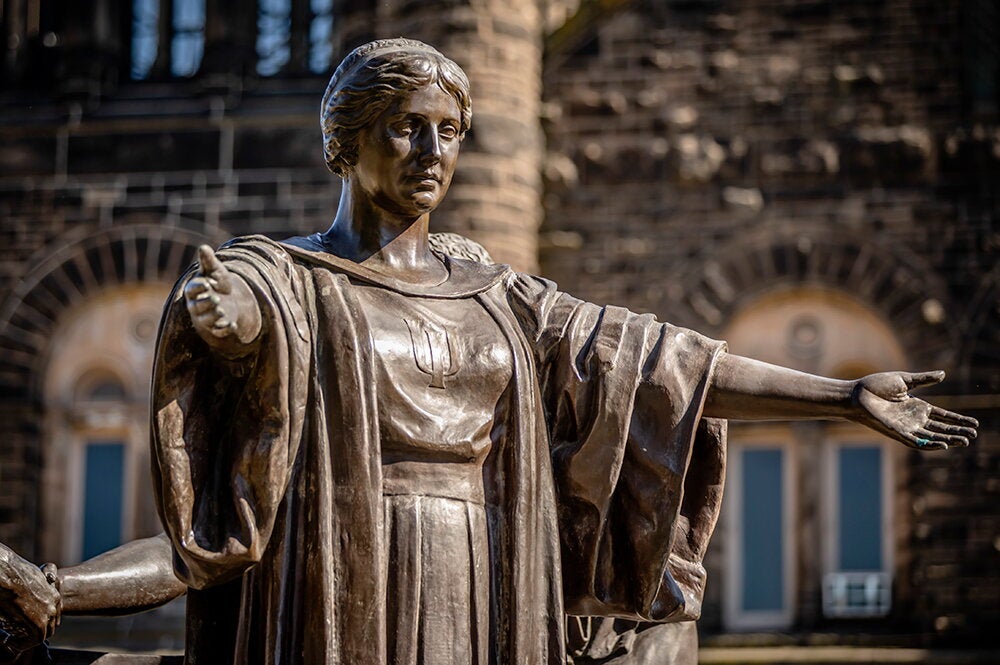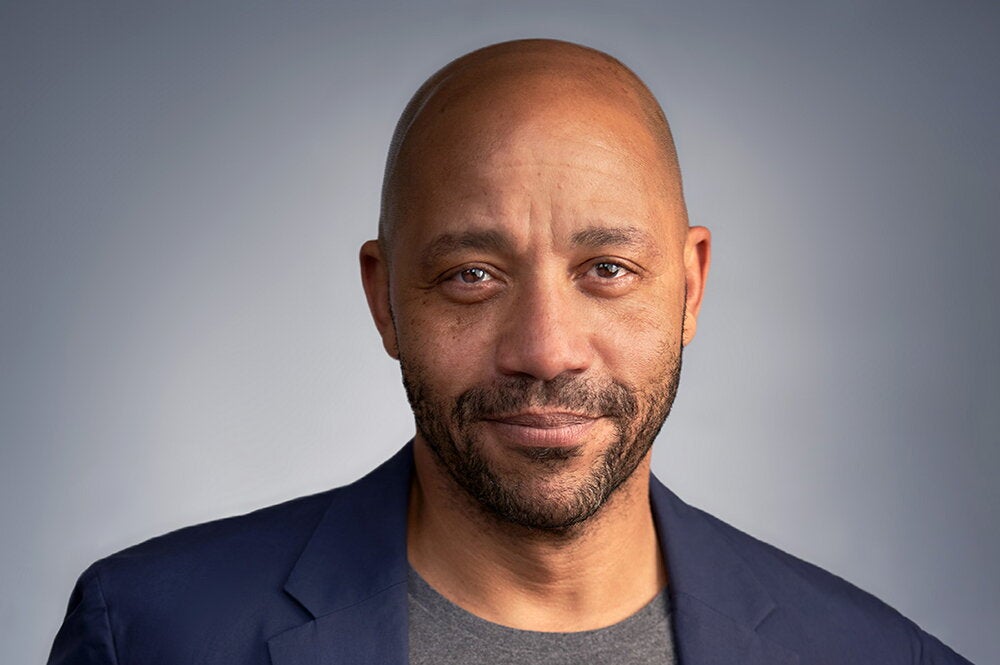

How do you find the words to describe the moments and perceptions that shape your life? This is what Janice Harrington helps others do. The award-winning poet, author, and professor of English talks about teaching poetry, shares one of her own poems, and explains one of her favorite lines: “Yes, I can.”
How do you teach poetry? What advice do you give students who want to better express themselves through poetry?
Fortunately, I don’t have to teach poetry alone. We have an incredible faculty of poets at the University of Illinois: Ángel Garcia, Corey Van Landingham, Christopher Kempf, and Julie Price. But I am also not alone in the classroom. I depend on other poets when connecting students with poets or poems that will inspire them to write and write more. I live by two practices. One, read as much contemporary poetry as you can, and two, strive to write 10,000 bad poems. Bad poems lead to better poems. Poetry is a craft that rewards slow, steady, keep-at-it practice. Finally, find poetry mentor(s), poets who write in a way that you admire, enjoy, or that leaves you stunned. Learn from them. Read and re-read their work.
What kind of impact do you hope that your poetry has on readers?
I recall Anna Akhmatova’s great poem, “Requiem,” where she recalls standing in line before a prison in Leningrad when a woman whispers “‘Can you describe this?’’ And Akhmatova responds, “Yes, I can.” Contemporary poets strive to describe the current moment. My students whether graduate or undergraduate also struggle to find the words to express the difficult challenges that any human life faces. More than the impact of my poems, the impact of my teaching matters more: helping my students hone their voices on the page so that they can say, “Yes, I can,” when asked to describe the moments and perceptions that shape their lives.
What’s your proudest or most significant achievement?
For many years, I was a children’s librarian. I helped children to find stories, poems, books. All of those children are grown now with children of their own, I like to think that the young readers I served are now sharing those same stories, poems, and books with new generations, new readers, and new dreamers.
Please select one of your poems and describe the moment or events that inspired it.
“1939” is an ekphrastic poem, or a poem about a work of art. Typically, I would study and meditate on the images in the painting. But in “1939” I wanted to think more about what was happening in the world at the time the picture was painted and to bring those events together within the canvas of the poem. Paintings like poems are shaped by historical context as by the artist’s imagination. So “1939” ponders “The Wizard of Oz,” the tragedies of World War II, and world folklore about the fox. The poem argues that art is stronger than history. Art, after all, consumes, revises, restores, and transforms history. When I reread the poem, I wonder at times if I might have made a mistake. Perhaps it’s history that is the predator.
1939
The Getaway, 1939, also known as The Fox [The Get-a-way]
Try to ignore the connections between the invasion of Poland,
a sorceress crushed beside the curb of a yellow brick road,
and a 1939 painting by a Negro folk artist of an escaping fox—
fox as sneak-thief, spirit-animal, shape-shifter, ambassador
of ghosts, fox as sign, how death steals and steals away.
Dark sky and torn clouds, the snow, the axe-colored creek,
Ol’ Brer Fox with Massa’s best settin’ hen pinched tight
between pointy teeth, a little some’m-some’m the fox
thinks he is righteously owed and has artfully gained
with stealth, as history is ultimately a chronology
of grand larcenies and petty thefts, the bones of prey animals
picked clean by kit and vixen. History is the fox.
But art too is theft. Mark the rapacious brush (pointed
like a fox’s tail). Mark the rapacious eye (vision’s
feral skittishness). Mark the rapacious canvas
(like the henhouse, after the fox has left). Lift a brush, snatch
the unwary eye, alter borders for lebensraum,
and you’ll be his- you’ll be his- you’ll be history!
A watercolor painted by Adolf Hitler is auctioned
for less than Dorothy’s ruby slippers. After all, a pair
of ruby slippers could be enchanted kits, fox spirits
bearing missives from the dead, or exhibit items
stolen from a display of several thousand little shoes
in a Polish Konzentrationslager. A pair of ruby slippers
could be the ears of the fox in Pippin’s The Getaway.
History is a tale of shape-shifting and unlikely connections,
or art is the fleeing fox and history dangles from its mouth.
Read more of Janice Harrington's poetry here. Her latest book is "Primitive: The Art and Life of Horace H. Pippin."
This LAS Experts profile is part of a series to highlight the groundbreaking work by faculty in the College of LAS. Visit here for other profiles.


